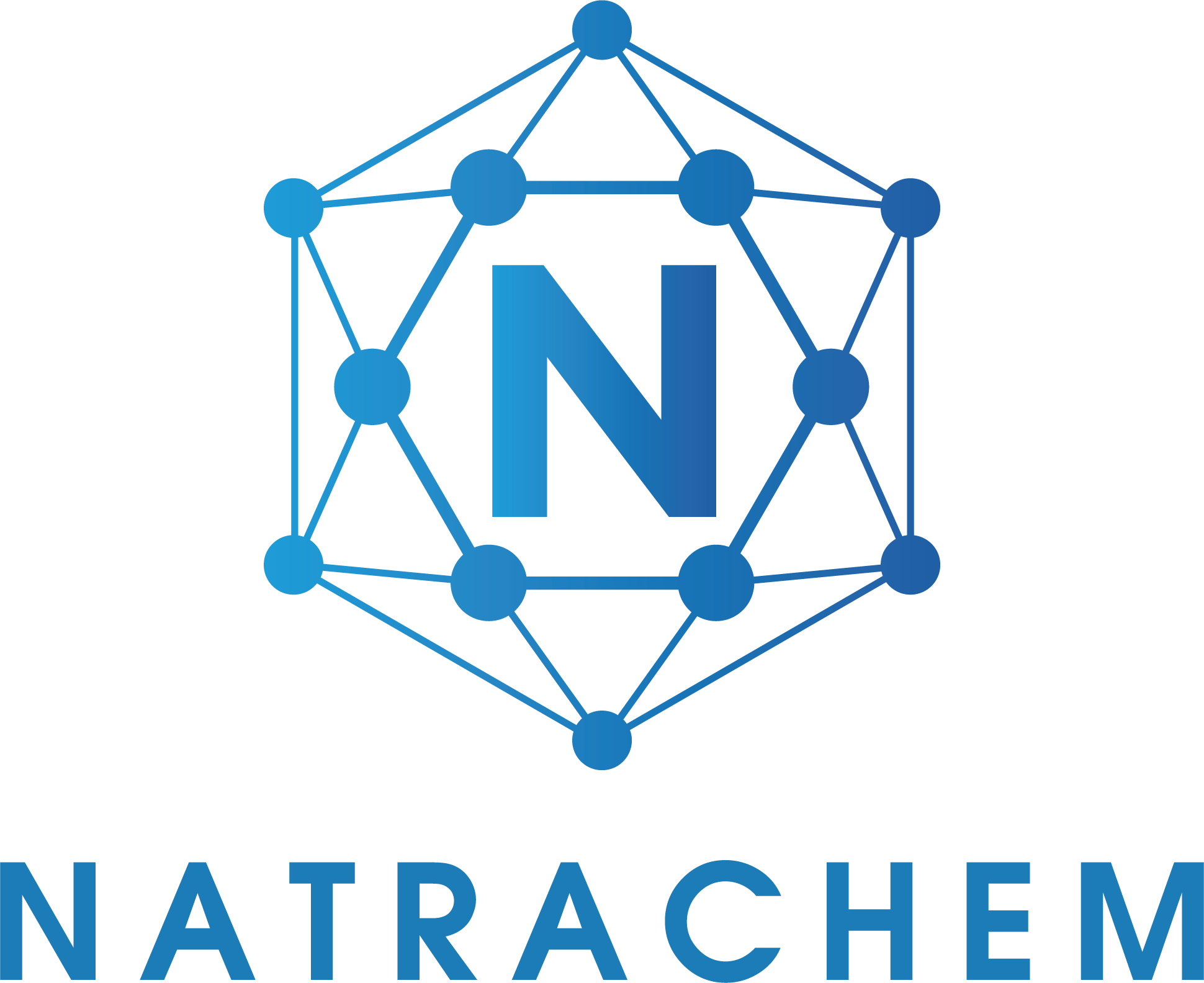What is cryotherapy?
Cryotherapy is a method with a long history and is applied in daily life as a therapy to help relieve pain and restore physical strength after exercise, popular with athletes who regularly exercise a lot.
History of cryotherapy
The use of cold for medical purposes has a long history. Cold water was used for treatment and relaxation in ancient Greece. Even in the 19th century, ice and snow were used to relieve pain during military operations. However, whole body cryotherapy (WBC) is a more modern method that does not use cold water but instead uses coolants to cool the air around you. The first cryo chambers were developed in Japan around 1978, with the goal of treating rheumatoid arthritis.
WBC rapidly lowers the temperature of the skin, stimulating the body to produce feel-good chemicals called endorphins, which help reduce pain for people with rheumatoid arthritis. This method is similar to the application of ice after an injury during a sporting event, which you often see at major sporting events like the World Cup.
In recent decades, WBC has become an increasingly popular recovery method in the sports industry. You can now access whole-body cryotherapy or partial-body cryotherapy (PBC) in medical clinics, wellness centers, fitness clubs, and med spas.
How cryotherapy works
When exposed to cold, the body reacts by constricting blood vessels (vasoconstriction), causing blood to be concentrated in the vital organs inside the body. As a result, the blood becomes more oxygen-rich and contains more nutrients.
As the cold exposure ends, the body begins to warm up again, and the blood vessels dilate (vasodilation). This dilation allows oxygen-rich blood and nutrients to flow back through the tissues, helping to reduce inflammation.
In addition, cryotherapy has the ability to produce an analgesic effect by reducing the transmission of pain signals through nerve pathways. This suggests that cryotherapy may be an effective method for pain relief, similar to applying an ice pack.
Uses of cryotherapy
Muscle recovery and regeneration
One of the most common uses of cryotherapy is to optimize recovery after exercise. Studies on athletes and high-intensity exercisers have demonstrated its positive effects. Research results show that whole body cryotherapy (WBC) is more effective at reducing muscle damage and inflammation than other recovery methods.
Chronic pain relief
The numbing and anti-inflammatory effects of cryotherapy offer significant benefits to those suffering from chronic pain. Not only is cryotherapy easy to apply, it is also low-risk, making it a great way to manage pain associated with conditions such as rheumatoid arthritis and ankylosing spondylitis.
Relieves itching and dermatitis
Cryotherapy can help soothe skin conditions for some people, especially those with atopic dermatitis (eczema). It has the ability to reduce inflammation and relieve itching, bringing comfort to the skin.
Improve sleep quality
Exercisers, especially athletes, often experience deeper sleep after cryotherapy. This improvement can be an important part of the body’s recovery and regeneration process.
Support cancer treatment
Cryotherapy is used in the treatment of cancer by freezing tumor cells inside or on the surface of the body. Through a small cut in the skin, the doctor uses liquid nitrogen to freeze the target tissue, resulting in the death of cancer cells. According to research, cryotherapy is often used to treat bone tumors, prostate cancer, and liver cancer.
Treatment of skin lesions
Cryotherapy is also commonly used to treat skin lesions, including benign, precancerous, and superficial skin cancers. By freezing the damaged skin, it peels off and blisters, allowing new, healthy skin to grow in its place.
Types of cryotherapy
Whole body cryotherapy (WBC)
The patient will stand or sit in a small, sealed chamber (often called a cryo chamber) that is cooled with liquid nitrogen. The entire body, including the head, is exposed to cold temperatures, typically between -200 and -300 degrees Fahrenheit, according to Food and Drug Administration (FDA) standards. Because the temperature is so cold, treatment usually lasts only two to four minutes to ensure safety.
Partial body cryotherapy (PBC)
PBC is similar to WBC, but the difference is that you stand in a dedicated cryo chamber. In this case, your body, from your feet to your torso, is enclosed in a cryogenic environment, but your head and neck are outside the cold temperature.
Soak in cold water
This method involves immersing the body, except for the head and neck, in cold water at a temperature of about 59 degrees F. It is often used to control muscle soreness after exercise or in cases of swelling.
Ice pack
Ice is often the first step in treating acute injuries such as strains, sprains, and fractures. Use ice packs, ice baths, or ice massage to help reduce pain, swelling, and inflammation in the affected area.
Cryosurgery
Also known as cryoablation, this is a minimally invasive procedure used to treat skin conditions (such as warts and skin tags) and certain cancers (including prostate, cervical, and liver cancers). During the procedure, a doctor applies extreme cold to freeze and remove abnormal tissue; it is only performed by licensed medical professionals in clinics or surgical centers.
Risks of Cryotherapy
There are some potential risks associated with using cryotherapy, including:
Frostbite Risk
Exposure to extremely cold temperatures can cause frostbite, which causes severe damage to skin and body tissues. If the duration and extent of exposure are not controlled, frostbite can occur.
Hives
Some people may have an allergic reaction to extreme cold temperatures and may develop a skin rash after exposure.
Risk of eye injury
If the eye is not adequately protected, exposure to extreme temperatures can cause eye injury. It is important to ensure eye protection when performing cryotherapy.
Hypothermia
When the body is exposed to extremely cold temperatures for a long period of time, its temperature can drop significantly, causing hypothermia. This is a dangerous condition that can cause internal organ failure and loss of consciousness.
Hypoxia
Using liquid nitrogen to cool a confined space, as in whole-body cryotherapy, can reduce the amount of oxygen available in the air and create a risk of hypoxia. This can cause loss of consciousness and problems related to hypoxia.
Risk for heart, nerve and circulatory disease
Exposure to cold can pose a risk to people with heart, nerve and circulatory conditions.
Who should avoid cryotherapy?
Hypertensive patient
Sudden exposure to extremely cold temperatures is a shock to the cardiovascular system, causing dangerous complications and strokes for the patient.
Nerve damage
People with nerve damage should also avoid cryotherapy and cold water immersion. People with nerve damage from diabetes often lose feeling in their hands and feet. This can increase the risk of frostbite in these patients.
Note, especially do not use cryotherapy for pregnant women.
In summary, whole body cryotherapy is a fairly safe, low-cost therapy, and nitrogen gas plays an important role in promoting this process. The use of nitrogen gas helps the cooling process to take place quickly. However, it requires expertise and good skills to ensure the safety and performance of the whole body cryotherapy process.





